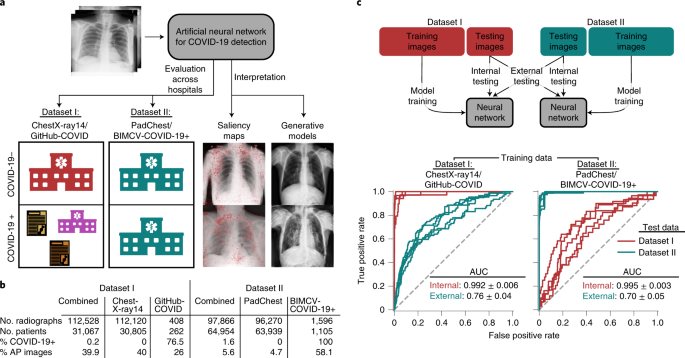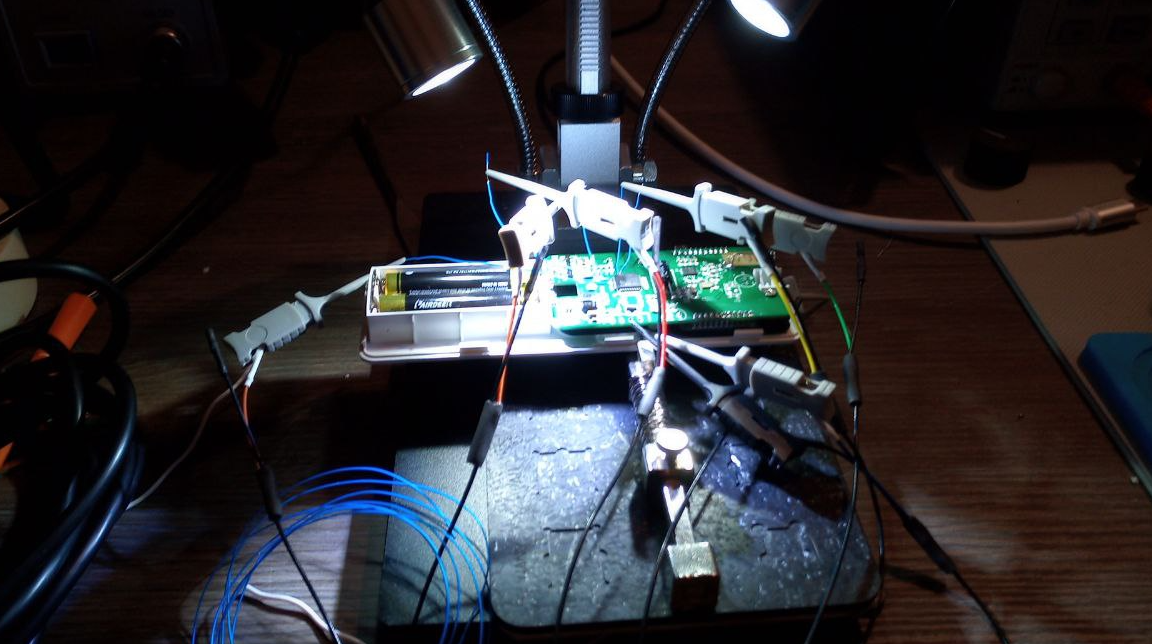Reverse engineering generative models from a single deepfake image
Deepfakes have become more believable in recent years. In some cases, humans can no longer easily tell some of them apart from genuine images. Although detecting deepfakes remains a compelling challenge, their increasing sophistication opens up more potential lines of inquiry, such as: What happens when deepfakes are produced not just for amusement and awe, but for malicious intent on a grand scale? Today, we — in partnership with Michigan State University (MSU) — are presenting a research method of detecting and attributing deepfakes that relies on reverse engineering from a single AI-generated image to the generative model used to produce it. Our method will facilitate deepfake detection and tracing in real-world settings, where the deepfake image itself is often the only information detectors have to work with.
Current methods of discussing deepfakes focus on telling whether an image is real or a deepfake (detection), or identifying whether an image was generated by a model seen during training or not (image attribution via “close-set” classification). But solving the problem of proliferating deepfakes requires taking the discussion one step further, and working to understand how to extend image attribution beyond the limited set of models present in training. It’s important to go beyond close-set image attribution because a deepfake can be created using a generative model that is not seen in training.
Leave a Comment
Related Posts










/cdn.vox-cdn.com/uploads/chorus_asset/file/24987916/Mark_Zuckerberg_Meta_AI_assistant.jpg)








